The long-simmering tensions in Jenin, a city on the West Bank, exploded in a recent span of violence. In the last few days there has been a roadside bomb wounding several Israeli soldiers and border guards, a helicopter attack on Palestinian militants that killed five, a revenge shooting against five Israeli settlers, an Israeli settler rampage in a number of Palestinian villages, and a drone strike on a cell of militants traveling by car. Even by the standards of violence for this area, these events stand out.
Essential for understanding these events are changes in the thinking of the Islamic Revolutionary Guards Corps-Quds Force (IRGC-QF). In its original formulation, Iran’s terror proxies utilized an asymmetric attritional strategy of generating pressure via persistent terrorist activity against an enemy with a superior military capability. Hezbollah, the model proxy, perfected this strategy when fighting the Israeli occupation of Lebanon. Though the Israeli Defense Force (IDF) left in 2000, Hassan Nasrallah and Imad Mughniyeh, the head of the military wing of Hezbollah, pursued the “persistent terrorist activity” under the pretense of fighting for the disputed Shebaa Farms.
After incessant attacks, loss of life, and frequent kidnapping attempts, the Israeli government retaliated in July 2006 when the Mughniyeh unit killed three soldiers and kidnapped two. The 34-day conflict, the Second Lebanon War, devastated Lebanon, destroyed Dahiya, the Shia suburb of Beirut, and the Shia areas in the Beqaa Valley and southern Lebanon. While Ayatollah Ali Khamenei publicly praised Nasrallah, a document from the Iranian Supreme National Security Council complained that Hezbollah “wasted” Iran’s investment.
After Mughniyeh was killed in 2008, the QF sought to rein in the “freelancing” militia through a strict oversight protocol. Mohammad Reza Zahedi (also known as Hassan Mahdavi) was appointed to command Unit 2000 overseeing operations in the Levant. Zahedi was also listed as the commander of QF’s Lebanon Corps. His successor, Mohammed Hussein Zada Hejazi took over in 2014 and, after his premature death in April 2021, was replaced by Mohammad Reza Fallahzade (Abu Bagher). Fallahzade’s new position coincided with a reorganization of the QF, triggered by the death of its long-time commander Qassem Soleimani and the winding down of the civil war in Syria. Among the new projects was the re-evaluation of the Israel-Palestinian conflict.
By early 2020, Israel managed to significantly attenuate the ability of Hezbollah, Hamas, and Palestinian Islamic Jihad’s (PIJ) to inflict serious harm. With a 92 percent interception rate, the Iron Dome is highly successful in taking out short-range rockets and missiles and is bolstered by David’s Sling and Arrow, the medium and long-range systems. Tunnel detection technology has also been instrumental in countering tunneling by Hezbollah, Hamas, and the PIJ. The IDF has also used the anti-tunnel technology to construct walls that are virtually impenetrable.
The IRGC expects the proxies to participate in the Ring of Fire (Halghey-e Atash), a massive rocket and missile response to IDF’s possible kinetic attack on Iran’s nuclear sites. However, the QF decided to exploit the West Bank, known as the “soft belly of the occupation,” to destabilize Israel.
Known as the “united front of resistance” (Etehad-e Jebhey-e Moghavemat), this strategy envisioned a continuous low-intensity struggle in the West Bank and East Jerusalem, rather than an intermittent one. The West Bank’s PIJ infrastructure had been nominally in control, but militants from Hamas, the PLO groups, and “lone wolves” were welcome to act on their own. In another innovation, the QF strategy expected the Israeli Arabs to join in. In the final stage of the struggle, “migration waves of civilians and military personnel would overwhelm Israel.” Until that time, the QF deputized Hezbollah to assist with the terror infrastructure in the West Bank, notably in towns such as Jenin and Nablus where the Palestinian authority had evaporated. Hezbollah’s Unit 133, under Khalil Harb, working with veterans of Unit 3800 known for their work on Improvised Explosive Devises (IED) and the much lethal Explosive Shaped Devises (ESD) in Iraq, was responsible for upgrading the capabilities of the militants. The QF’s Unit 840 led by Mohammed Reza Ansari is apparently in overall charge of the roadside bomb operations.
The QF’s new strategy has resulted in a steady stream of terror attacks in the West Bank. In 2020 and 2021, Palestinian terrorists carried out a combined 94 significant terrorist attacks. As a result of these attacks, 21 Israelis (civilians) were killed and 240 Israelis were wounded. In 2022, the Lion’s Den (Arin al-Usud), the Palestinian militant group operating in the West Bank killed 34 and injured 192 Israeli civilians. In 2023 (up to the present time), as a result of Palestinian terrorist attacks, 29 Israeli civilians have been killed and 110 injured.
The violence has not been limited to the West Bank. In 2020, twenty terrorist attacks were carried out in Greater Jerusalem and one in Jaffa. In 2020 and 2021, there were 19 and 30 stabbings, respectively. There were 12 shootings, eight vehicular attacks, three attacks that involved multiple weapons (cars, knives, guns), and one incursion into an Israeli community in addition to 350 incidents involving Molotov cocktails. Iran is expected to mount increasingly severe and geographically widespread attacks as indicated when an IDF spokesman implied that the roadside bombs that hit the armed personnel carriers in Jenin were more powerful than the run-of-the-mill IEDs.
In response to these terror attacks, the IDF initiated Operation Break the Wave (OBW) in March 2022, with the aim of preventing Palestinian terror attacks against Israeli civilians. The operation has successfully thwarted hundreds of potential attacks, potentially saving the lives of countless innocent civilians. Despite these efforts, the threat of terrorism remains and OBW has not been able to completely eliminate it.
Unwittingly, Prime Minister Netanyahu’s right-wing government has assisted the Iranians. One radical minister demanded that “thousands of terrorists be killed.” Settlers have, at times, retaliated by rampaging in Palestinian villages, destroying property, and setting fields and orchards on fire. These actions have been portrayed as part of the alleged “Zionist plan” to purge Palestinians from their land. Furthermore, Netanyahu’s coalition has approved the construction of more than 7,000 new housing units, most of which are deep in the West Bank. The coalition also amended a law to facilitate the return of settlers to four settlements that had previously been evacuated.
The substantial propaganda apparatus in Farsi and Arabic, in conjunction with social media, made effective use of the clip showing settlers with a dog desecrating the Koran in the mosque in the village of Urif. The regime stressed that the assault on the Palestinians was supported or tolerated by the IDF. For good measure, the increasingly violent attacks on Christians by right-wing Lahava activists were added to materials directed at Christian audiences. Bearing a substantial diplomatic gift for Tehran, the destabilization of the West Bank and the Israeli response froze, at least temporarily, the momentum of the Abraham Accords.
Israel has very few options for rolling back the QF’s destabilization strategy in the West Bank. In the best scenario, a measured and calibrated response could degrade the continuous militant violence beyond what Operation Breaking the Wave had achieved. Under the current circumstances, a large operation such as the 2002 Operation Defensive Shield would probably bear few positive outcomes, especially since the retreat of the Palestinian Authority may give the militants more opportunity to act. Ironically, a large anti-terror operation would reach the level of popular mobilization envisioned in the Quds Force’s “united front of resistance.”
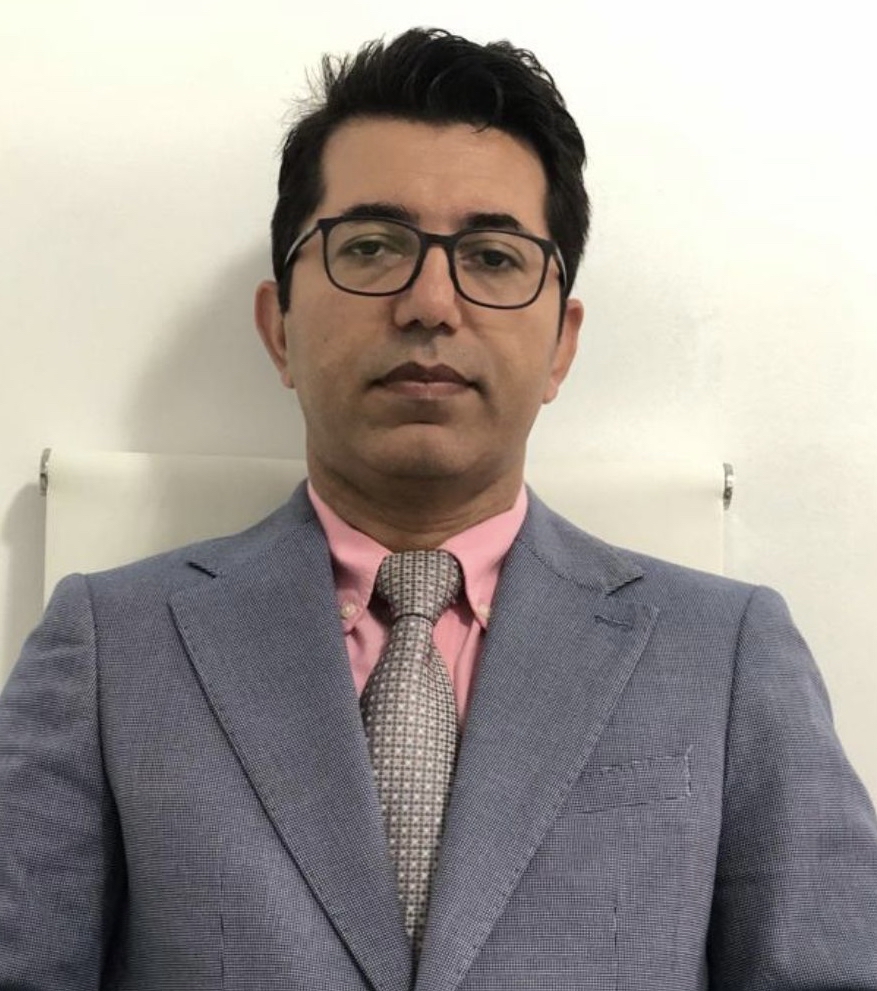
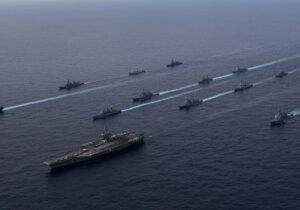

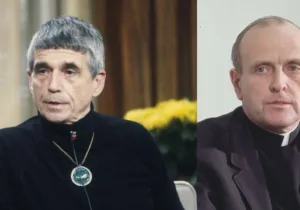
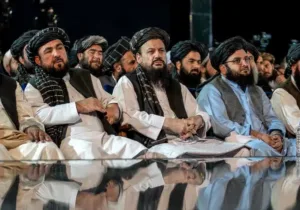
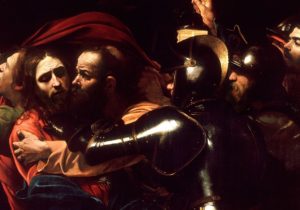

 Sponsor a student for Christianity & National Security 2024
Sponsor a student for Christianity & National Security 2024